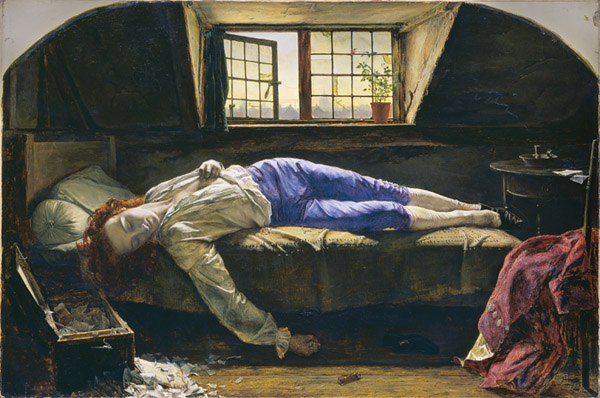Chapter Six: Romanticism
The tremors released by the sublime, as the supreme value beyond the reach of knowledge, reshaped the culture of Europe over the century and a half after Longinus’ treatise was translated into French (in 1674). One consequence of that realignment was the creation by philosophers of aesthetics, and with it the modern attitude to art; another was their adoption of the Genius; a third was the cultural transformation we now call Romanticism, the subject of this chapter. Historians of this movement are puzzled by its origin, and where it found the authority to overthrow the Enlightenment’s belief in reason. They have overlooked the enduring appeal of Longinus, whose claims for the sublime had been assimilated by the philosophers who shaped aesthetics in the years 1790–1830.
The case studies presented in this chapter are drawn from the writings of Jean-Jacques Rousseau; from the Discourses delivered by Joshua Reynolds to the Royal Academy in London; and from Francisco Goya’s report on the curriculum of the equivalent academy in Madrid. Today Rousseau’s case for the untutored genius unspoiled by society sounds painfully naive and uninformed, but it thrilled and seduced many of his contemporaries. Reynolds protested in vain against the claims of genius, while Goya’s rejection of any resource other than nature is belied by his own practice. The chapter ends by charting how the Artist/Genius himself became a popular subject for fine art (fig. 6.1).

Fig. 6.1, Henry Wallis, The Death of Chatterton, 1856, oil on canvas, London, Tate Gallery. An early death had been accepted as the price of immortal fame since Homer decreed it for Achilles: now it was applied to the artist ‘ahead of his time’ starving in his garret. Such evidence as survives suggests that the historical Chatterton succumbed to a toxic mix of syphilis and opium.
< Previous Chapter | Next Chapter >
